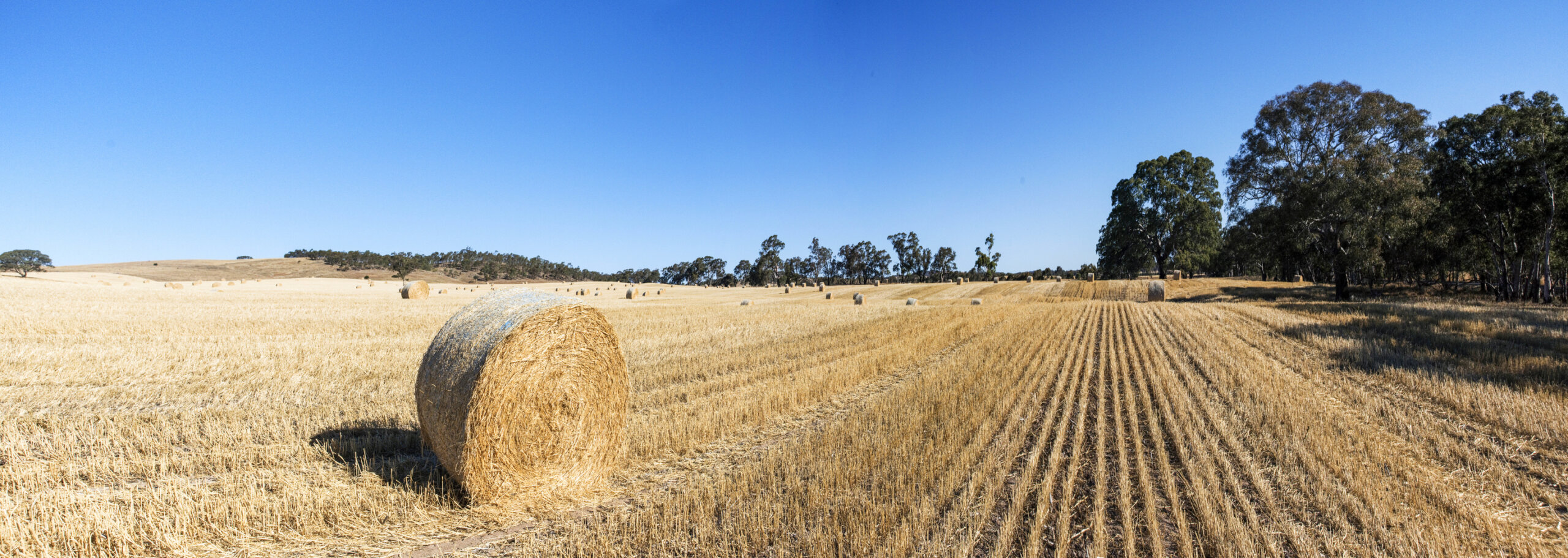As of 19th of May 2020, China officially imposed 80pc anti-dumping tariff on Australian Barley. There has always been an element of risk in business with the Asian giant with frequent disturbances for trade, however this is the first time China has applied such duties against Australia since the establishment of its trade remedy regime in 1997.
With the dispute threatening to cost the Australian grain industry up to $500 million a year, farmers and industry have begun considering options such as other markets, rotational changes and added storage in the event the dispute is not resolved. If China uses the same amount of barley as they do now all they’re doing is buying from somewhere else, and they would then have to find where the gaps are in other markets.
The fact that China has now become more amendable to the Covid-19 investigation is a good sign that the tensions may not escalate, but more needs to be done for the two sides to rebuild the economic cooperation and pursue deeper liberalization for mutual benefit. Australia would be in a good position to convince China to remove the barley tariff, one option would be seeking to defuse the bilateral tensions through diplomatic channels.
Australia has already seen a potential market for supplies develop, with India opening the door for 500Kt. Outside of the new opportunities into India, Australian supplies could well offer competition to EU supplies into Asian and North African markets, particularly in the second half of 2020/21.



